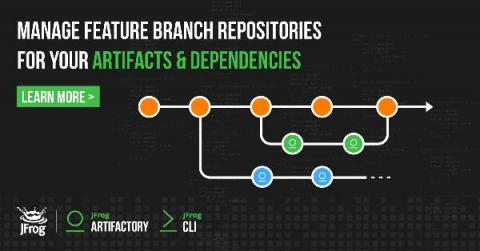Prioritize and Investigate Vulnerabilities Identified by OpenVAS with Logz.io
With open source in our roots, we’re always excited about integrations with tools like OpenVAS, a popular open source vulnerability scanner that Greenbone Networks has maintained since 2009. If you’re not currently using OpenVAS, you can find the project here. OpenVAS contains more than 50,000 vulnerability tests with a community constantly updating its feed to adapt to the ever-evolving security landscape.











